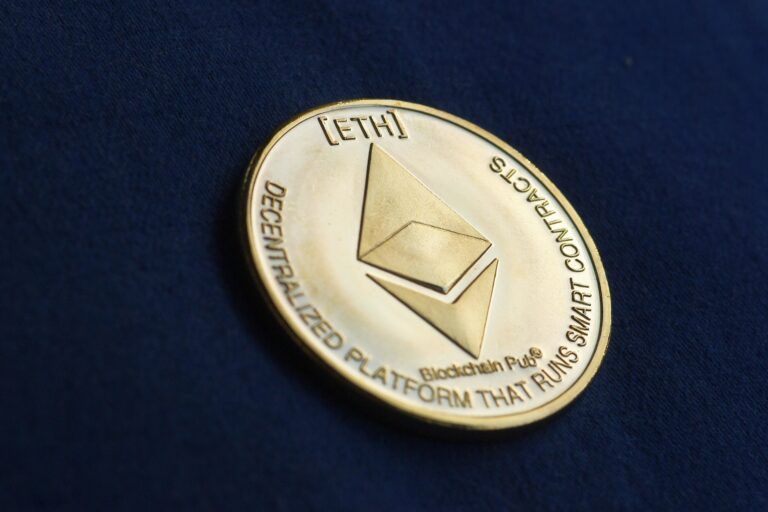On Thursday (September 15), the day that Ethereum completed its Merge upgrade, Michael Saylor, Co-Founder and Executive Chairman of business intelligence software company MicroStrategy Inc. (NASDAQ: MSTR), implied that $ETH could get classified as a security (rather than a commodity) by the U.S. Securities and Exchange Commission (SEC).
It is worth remembering that on 11 August 2020, MicroStrategy announced via a press release that it had “purchased 21,454 bitcoins at an aggregate purchase price of $250 million” to use as a “primary treasury reserve asset.”
Saylor said at the time:
“Our decision to invest in Bitcoin at this time was driven in part by a confluence of macro factors affecting the economic and business landscape that we believe is creating long-term risks for our corporate treasury program ― risks that should be addressed proactively.“
Since then MicroStrategy has continued to accumulate Bitcoin and its former CEO has become one of Bitcoin’s most vocal advocates. MicroStrategy’s latest $BTC purchase, which Saylor tweeted about on 29 June 2022, means that the firm is now HODLing around 129,699 bitcoins, which were “acquired for ~$3.98 billion at an average price of ~$30,664 per bitcoin.”
After Ethereum’s Merge upgrade was completed in the early hours of September 15 — i.e. the Ethereum network switched from proof-of-work (PoW) to proof-of-consensus (PoS) — several influential Bitcoin maximalists (or “maxis” for short) expressed their reaction to this event.
Saylor, who is a Bitcoin maxi (i.e. believes that — with the exception of fiat-backed stablecoins such as Tether ($USDT) — Bitcoin is the only legitimate cryptocurrency), sent out a tweet in response to comments by SEC Chair Gary Gensler’s most recent comment on PoS cryptocurrencies that suggested he expects the SEC to eventually declare that $ETH is a security (unlike $BTC which they have publicly called a commodity and therefore not subject to U.S. securities laws).
The Wall Street Journal (WSJ) report that Saylor was referring to in his tweet says that “Ethereum’s big software update on Thursday may have turned the second-largest cryptocurrency into a security” in the eyes of the SEC. According to the WSJ report, although Gensler did not specifically mention Ethereum, he said yesterday that the native assets of PoS blockchains could pass the Howey Test since it was possible to view staking as an “investment contract” because “the investing public is anticipating profits based on the efforts of others.”
Here is how Investopedia explains the Howey Test:
“The Howey Test refers to the U.S. Supreme Court case for determining whether a transaction qualifies as an ‘investment contract,’ and therefore would be considered a security and subject to disclosure and registration requirements under the Securities Act of 1933 and the Securities Exchange Act of 1934. Under the Howey Test, an investment contract exists if there is an ‘investment of money in a common enterprise with a reasonable expectation of profits to be derived from the efforts of others.’“
Unsurprisingly, the Ethereum community are reacting strongly to this most recent attack on Ethereum by the former MicroStrategy CEO.
For example, independent Ethereum educator and consultant Anthony Sassano tweeted:
Bitcoin maxi Peter McCormack was quick to defend Saylor, arguing that all Saylor was doing was warning people that $ETH might get labeled as a security rather than actually saying that $ETH is a security:
Jake Chervinsky, Head of Policy at Blockchain Association, says that just because a holder of a PoS cryptoasset expects a profit when he stakes that asset this expectation of a profit is far from enough in making that asset a security:
Image Credit
Featured Image via Pixabay








